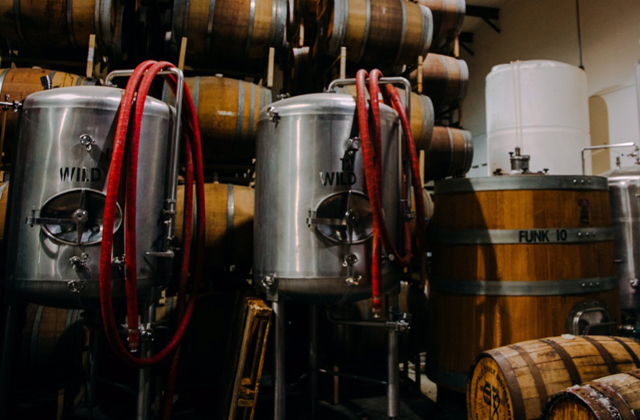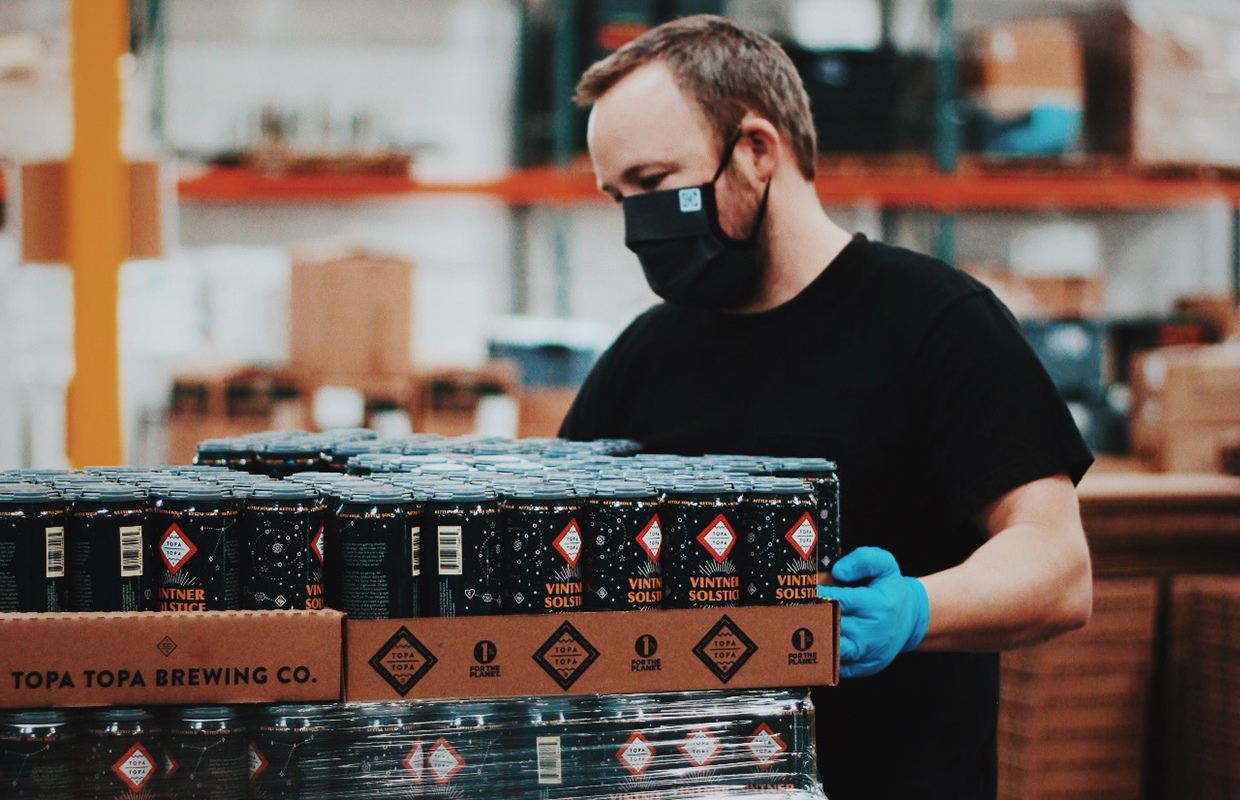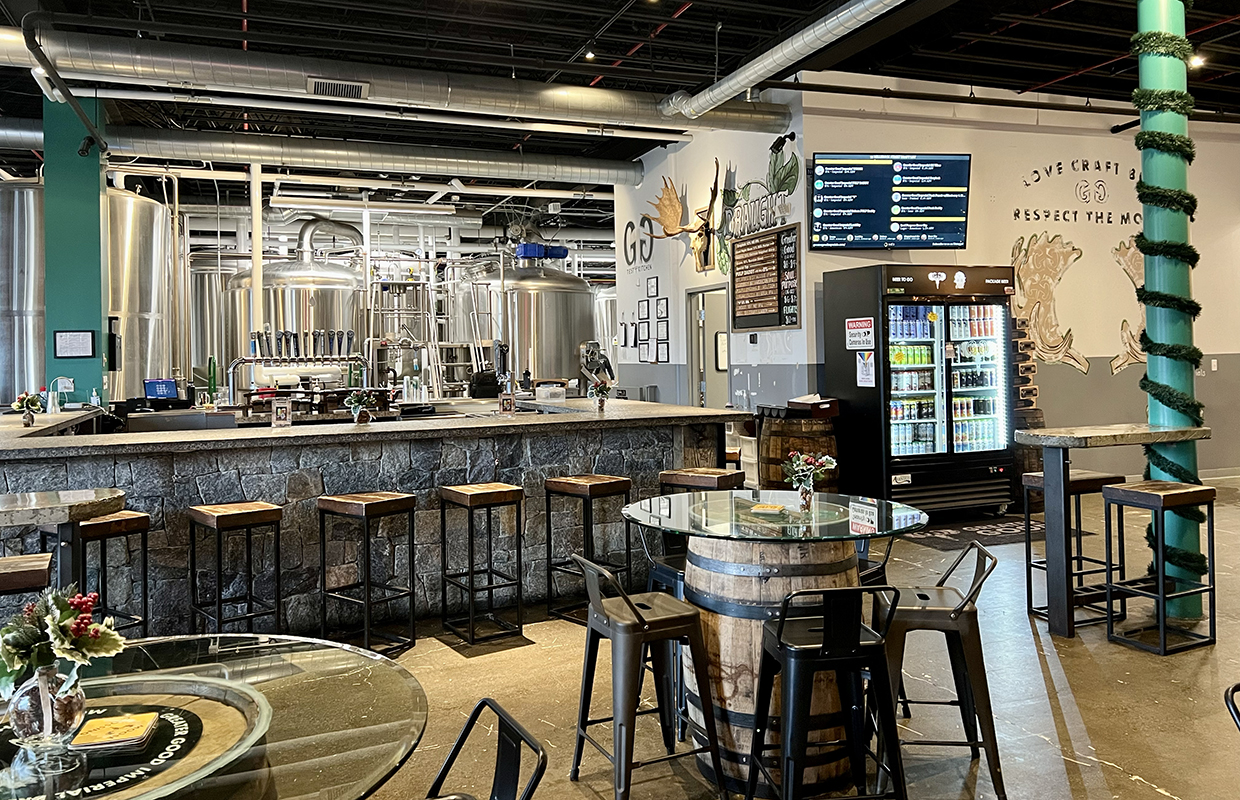
Anderson Valley‘s Kevin McGee feels it’s imperative for every business on a lot of levels to try to be more sustainable. For breweries it’s particularly important because of the role breweries have had in building and supporting communities over the past 10,000 or so years.
“Because of this historical role as cultural hubs, breweries have the opportunity (and therefore the obligation) to lead by example and communicate the importance of these issues beyond our industry,” he told Brewer.
Beyond this, environmental stewardship and sustainable practices are important endeavors in their own right, he added.
“There’s no shortage of data and scientific reporting on the environmental inflection point that our world is nearing and if the last two years has driven home any one message it’s that we’re all impacting each other on this planet,” McGee said. “If we have the opportunity to improve things we need to take it and these practices are one way a brewery, or any business, can contribute.”
The brewery recently touted its goals that it has reached on the sustainable levels it has set and McGee shared insights to what was needed to dig down to find the numbers needed and goals that the brewery set. One even before he took charge of the company was being solar-powered.
READ MORE: The Ways Anderson Valley Solved Solar Panel Challenges
The analysis of both power and water usage doesn’t have to be that complicated until you drill down into things like how to design and optimize a power system.
”At its heart, the most important thing about both is to get a reliable handle on usage statistics, which also requires some effort into going into detail to normalize the data so there’s a good real-world understanding of what your needs are, as opposed to what you’re using,” McGee said.
For AVBC, water is actually the easiest mark as they are a completely self-contained system.
“We draw, treat and discharge 100% of our water usage here on the property and we have staff that are actively managing and monitoring all aspects of the system,” McGee said. “Anderson Valley Brewing Company has been doing this since the mid-90s so we have a lot of both experience and data to understand our usage and very direct means to make adjustments and get feedback on water saving practices and initiatives and at this point we have it pretty well dialed-in.”
With regards to power, Anderson Valley relies on professionals.
”As part of our solar expansion, the RFP process made our power usage data available to the developers and they worked up both historical and prospective power usage-and-need models,” he said. “While we could have done some of this digging and analysis ourselves, the forward looking analysis is highly nuanced and we wouldn’t have gotten very far with projections compared to what the staff at the developers are able to do with their experience and perspective.”
For goal setting, two of the best available resources he noted are the Brewers’ Association benchmarking data and asking friends at other breweries.
”Our goal setting was easy, we have the luxury of being pretty binary and we simply focus on achieving 100%, which has the added benefit of being easy to identify when you’ve hit your goal,” McGee said. “We are targeting 100% of our power usage to be solar and generated on the property. With our water, as I mentioned, for more than 25 years we have sourced, treated and returned 100% of our water within the brewery property so we’re just going to keep doing that.”




Be the first to comment